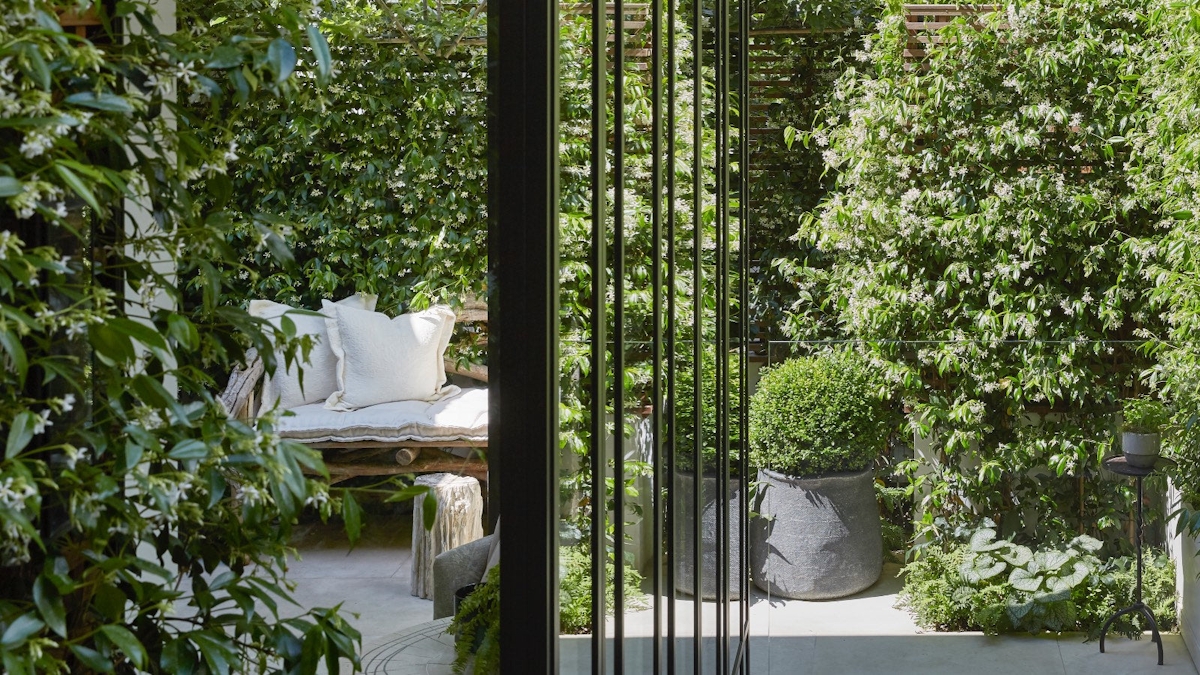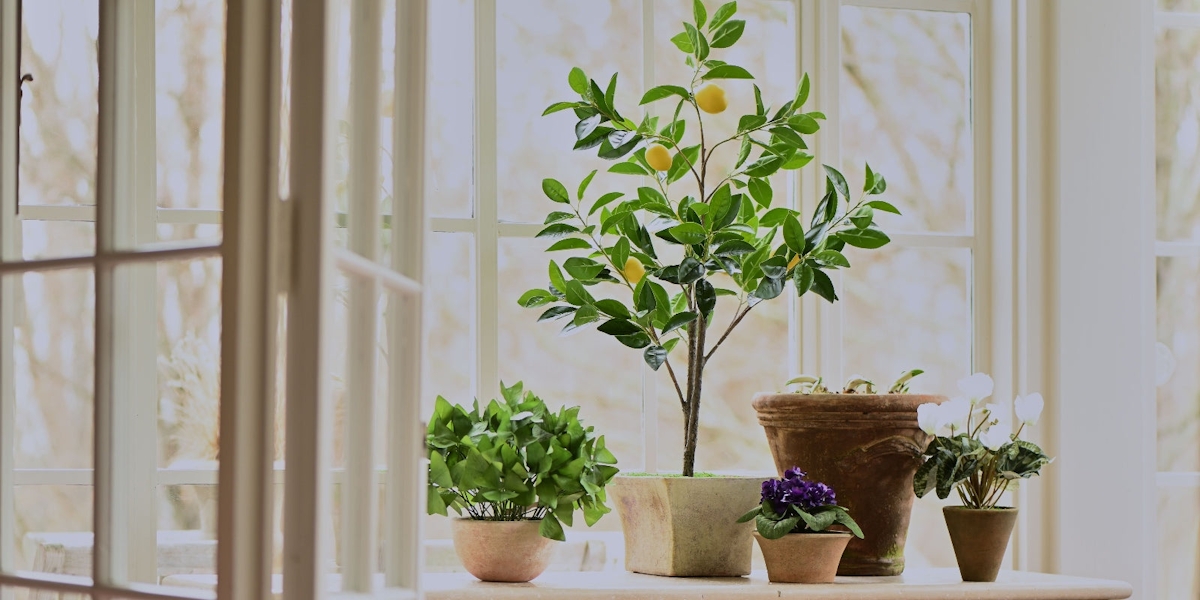Spending time outdoors is commonly understood to offer numerous health benefits. Stress reduction, increased endorphin production and access to improved air quality are all attributed to a walk in nature. The green spaces, tranquil views and sounds of the elements fill our souls in a unique way. A deep affiliation with nature seems to be at the core of our being.
For more inspiration
Biophilic interior design looks to replicate these benefits by drawing nature into indoor spaces everywhere from high-end hotels to luxury wellness centres. In this lookbook, discover inspirational spaces from the creatives whose work showcases the beauty as well as the benefits of the design practice, including Louise Bradley, Laura Hammett, Andrea Benedettini, Sixty3 London and Shalini Misra and explore our product suggestions from the world’s leading interiors brands for how to get the look in your home.




